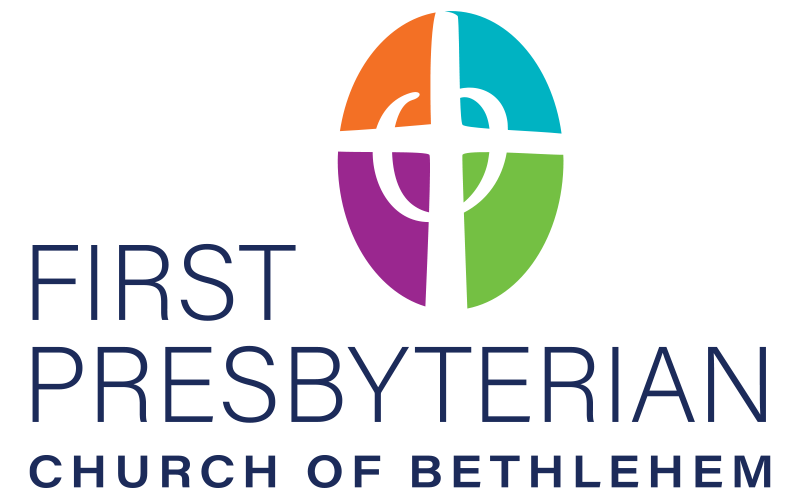Most Good Fridays over the past years, I have watched part of Franco Zeffirelli’s 1977 Jesus of Nazareth series, focused on the scenes from the Last Supper to the Crucifixion. Those scenes fill me with grief – how could the political and religious leaders of his day kill him? How could soldiers and others watch his suffering and laugh!? How could they torture him and choose to free Barabbas over Jesus? Even though I know the rest of the story, I find tears rolling down my cheeks at these hard to watch scenes. My grief is real in that moment. I have entered into his suffering.
I imagine the suffering of these women who come  to the tomb to remember their friend and honor his memory by anointing him with spices and oil. They were at his crucifixion – they witnessed his death. Their grief is real. Did they feel despair? Had a sense of hopelessness set in? Did their grief hold any kind of space for hope or were they all consumed by grief?
to the tomb to remember their friend and honor his memory by anointing him with spices and oil. They were at his crucifixion – they witnessed his death. Their grief is real. Did they feel despair? Had a sense of hopelessness set in? Did their grief hold any kind of space for hope or were they all consumed by grief?
This visit to the tomb rocks their world. The stone is rolled away and when they look inside, there is no physical body. Jesus isn’t there and they are perplexed – where is the body? Has someone robbed the grave? What is going on?
Then the two in dazzling clothes appear – why do you look for the living among the dead?! Don’t you remember what he said? Don’t you remember all the things he promised regarding his death? Has your grief drowned out any inkling of hope that his promise of rising again in three days could be trusted? There doesn’t seem to be space for the memory of what Jesus has said – that he would rise in three days is a statement forgotten. How could they hope that statement was real when they had witnessed his death.
Can their grief hold their hope? Can my own grief hold my hope? Are these women trusted messengers themselves, of the hope that comes with faith and trust in the promises of Jesus and of God. Promises that even death cannot separate us from the love of God through Jesus Christ. Promises that we are never left alone in our journey of faith, or our attempts to live as faithful people committed to justice, love and mercy.
The women trusted these two dazzling clothed messengers who urged them to remember Jesus’ words. They do trust them, but when the women run to tell the disciples and others gathered with them – who are locked in their own grief – the women are not believed. It’s a delirious piece of nonsense they say! Has their grief blocked any sense of hope that maybe there is truth to this message? Has their grief blocked their ability to remember Jesus’ words? I find myself asking – would I believe these women? Could my grief hold hope?
It is possible to become so consumed with grief and fear and hopelessness that we completely shut down. Don’t get me wrong – grief is a powerful emotion that we shouldn’t tamp down or disregard, but as Rev. Jeff Chu says in A Sanctified Art commentary: “With memory, testimony, and time, we can recognize that grief is liminal, not terminal. And it need not crowd out other truths: that we have loved and been loved. That we are not alone. That there is still hope in the land of the living.” There is still hope in the land of the living.
Peter makes space for hope in the land of the living and it moves him to run to the tomb, look inside and see that it was as the women said. Jesus’ body wasn’t there. Peter, consumed not just by grief but guilt at his denials of knowing Jesus, held onto a glimmer of hope – maybe just maybe Jesus does live! He is amazed and look at what that spark of hope motivates in Peter. He goes on to become a leader of this early Jesus movement because his grief could hold space for hope.
His hope is not in the death but in the rising – in the land of the living. What grief are you holding on to today? Is it at the cruelty of the nation we live in? Is it lingering grief from the circumstances of the pandemic? Is it death or illness or some other loss? Is it grief over what once was and is no more? Whatever grief you hold, are you making space for hope. Are you trusting the messengers who spark your hope and help you remember that you are not alone but are part of a community of faith built to support one another.
Our mission statement is a message of this: To welcome an inclusive and joyful community of Christ’s followers into actively exploring how God’s gracious love gives meaning to our lives and faith and inspires us to address the needs of our changing world. Through our learning, service, and grateful worship, God fills us with purpose, compassion, courage, and love. Do you believe this message?
God’s gracious love that does not end. God’s promise that nothing will ever separate us from God’s love through Jesus Christ. Jesus who promised the Holy Spirit as our constant companion. Whatever we might grieve today, or struggle to believe, can we find the way to hope? Can our grief hold hope? Can these promises, this mission statement, this community of faith give us hope in whatever grief or disbelief we hold?
Can we make space in that grief and disbelief for hope? The hope that the message that Jesus lives is real and true. And, because Jesus lives, hope and love and mercy and compassion lives on in us! And we become the women at the tomb and Peter who allow our grief to hold hope and then run to tell others with words and deeds. We become co-creators with God building a world of justice, mercy, love and compassion because Jesus lives and we have hope!
We work with and on behalf of people who are continually otherized because of gender, sexual orientation, immigration status, ethnicity, race. We hold each other up as we do this work. Because the story of Easter is that Jesus lives continuing to heal our grief and move us toward action. The story of Easter is that death brought on by political and religious leaders afraid of Jesus doesn’t have the last word. The story of Easter is the beginning of a new community of faith. Jesus lives! Jesus lives! Jesus lives!
